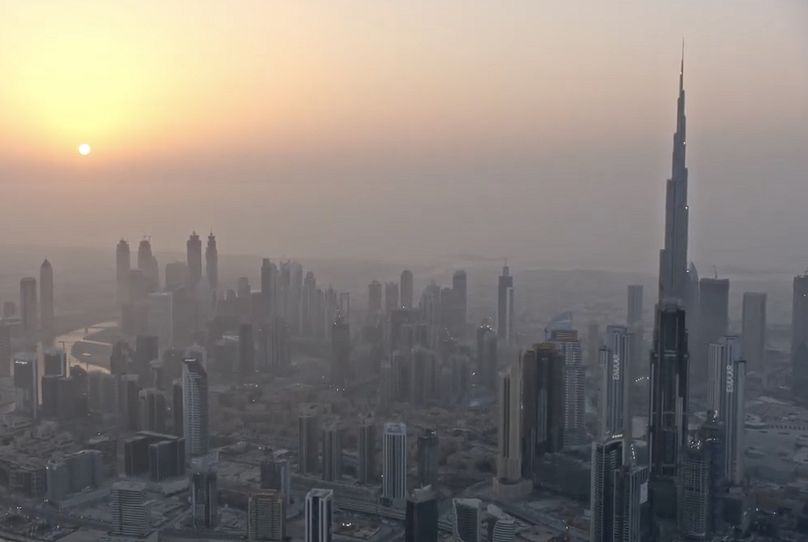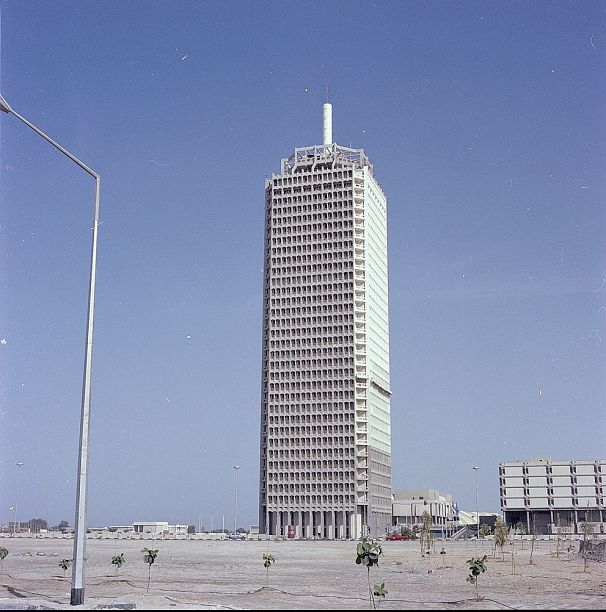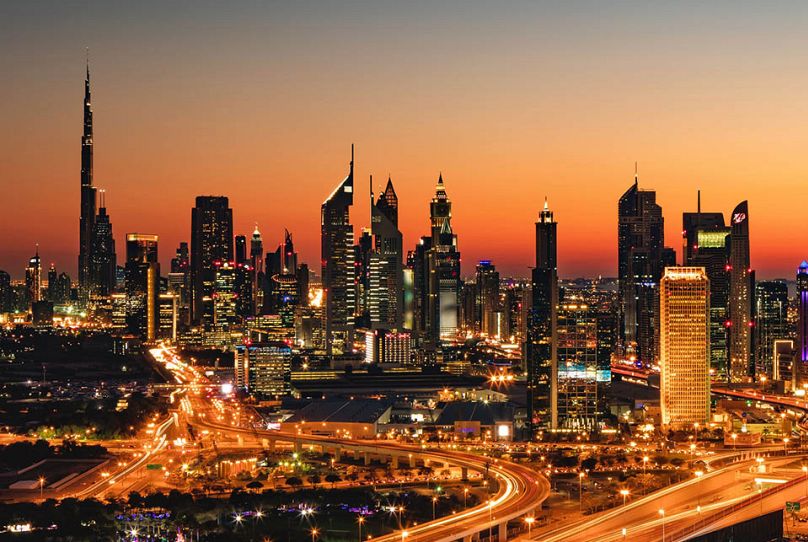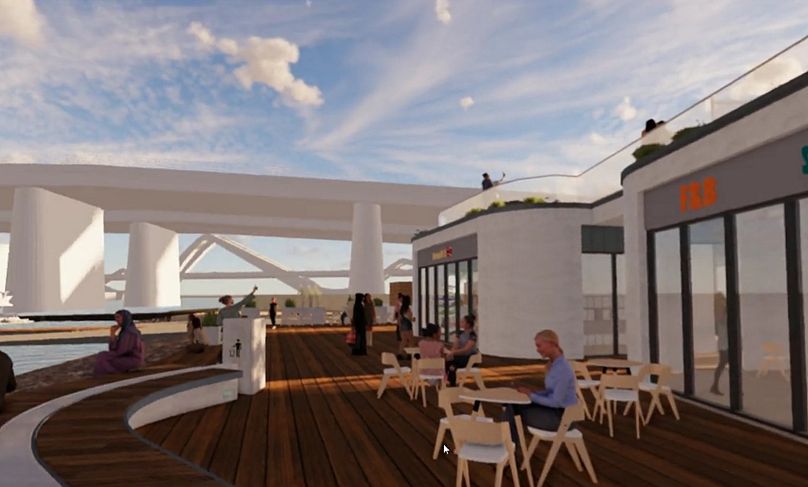With more than 1000 skyscrapers making up its skyline, Dubai is home to some of the world's most ambitious architectural projects, like the Future District, which features the Museum of the Future, and impressive engineering like the worlds tallest building, the 830 metres tall Burj Khalifa.
The city's high-rise ambitions began in 1978, with the construction of the 39-storey Dubai World Trade Centre, which still stands today.
But now, that building is dwarfed by hundreds of neighbouring towers, 18 of which are twice its size, reaching more than 300 meters in height.
To find out what is behind Dubai's vertical growth, Euronews spoke to Kerem Cengiz, Managing Director of architecture and design practice at LWK + PARTNERS. Cengiz says a key catalyst for this growth has been new technology in design, and data.
Where buildings were previously envisioned using drawings on paper, they are now conceptualised in 3D virtual reality. Developers can virtually walk through their projects before brick touches mortar. This, he says, has dramatically improved communication between the developer, architect and engineer, and helped reduce time spent on a project, wasted materials, and the costs that come with both.
Beyond the concept and construction phases, data is continually gathered and used in software that manages buildings. Cengiz says this improves and maintains the buildings' environment whilst reducing energy consumption. He explains, for instance, that algorithms help the software adjust air temperature to counter changes created by people occupying a space. "This would have been very hard to ever understand when it was just on paper," he adds.
Regardless of new technologies, however, Cengiz insists that the fundamental role of an architect remains the same. "New technologies are just like the pencil and paper," he says. "What you do with the tool is the creative part."





